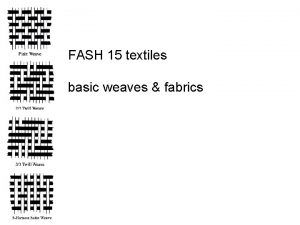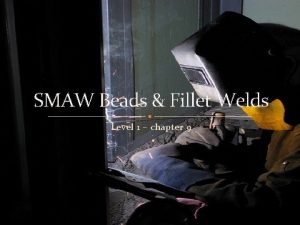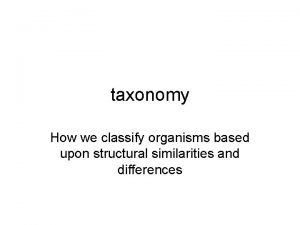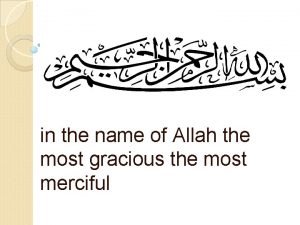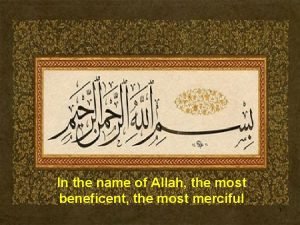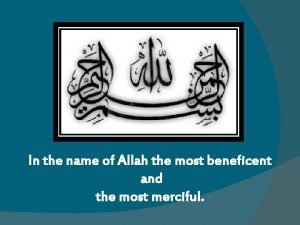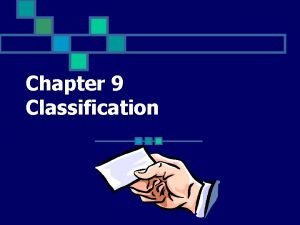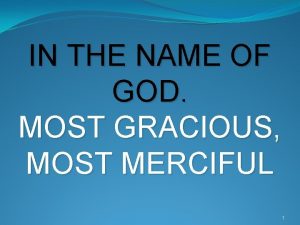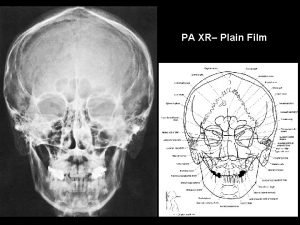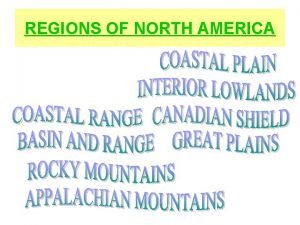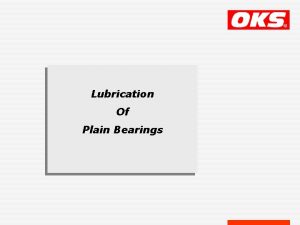WEAVES Utah Education Network Weaves Plain P Most














- Slides: 14

WEAVES Utah Education Network

Weaves Plain P Most simple and most common type of construction P Inexpensive to produce, durable P Flat, tight surface is conducive to printing and other finishes P Method of Construction: < Each filling yarn goes alternately under and over the warp yarns P Common Fabrics: < Cotton calicos, cheesecloth, gingham, percale, voile P Household Uses: < Draperies, tablecloths, upholstery

Weaves Basket P A variation of the plain weave P Usually basket or checkerboard pattern P Contrasting colors are often used P Inexpensive, less durable than plain weave P Method of Construction: < Two or more warps simultaneously interlaced with one or more fillings P Common Fabrics: < Monks cloth, oxford P Household Uses: < Wall hangings, pillows

Weaves Twill P Creates a diagonal, chevron, houndstooth, corkscrew, or other design P The design is enhanced with colored yarn P Is strong and may develop a shine P Method of Construction: < Three or more shafts; warp or filling floats over two or more counterpart yarns in progressive steps right or left P Common Fabrics: < Denim, gabardine, serge, tweed P Household Uses: < Upholstery, comforters, pillows

Weaves Satin P Smooth, soft luster P Excellent drapability P Floats snag easily P Method of Construction: < Floats one warp yarn over four or more weft yarns, then tied down with one thread, resulting in a smooth face P Common Fabrics: < Satin, satin-weave fabrics out of fabrics such as cotton. P Household Uses: < Draperies, quilts

Weaves Jacquard P Yarns woven into unlimited designs, often intricate, multicolor effect P Expensive, but the design doesn=t fade or wear out P Durability depends on the fiber used P The Jacquard loom was invented by Joseph Marie Jacquard P Method of Construction: < Warp is individually controlled with each pick passage creating intricate designs P Common Fabrics: < Brocade, damask, tapestry P Household Uses: < Upholstery, wall hangings

Weaves Leno P A mesh-like fabric P Method of Construction: < A pair of warp threads are passed over and under the filling yarns in a figure 8 or an hourglass twist, creating a geometric pattern P Common Fabrics: P Household Uses: < Thermal Blankets, curtains

Weaves Knit P Soft, stretchy P Method of Construction: < Interlooping yarns < In weft knitting, loops are formed by hand or machine as yarn is added in crosswise direction. < In warp knitting, loops are formed vertically by machine, one row at a time P Common Fabrics: < Raschel warp knits P Household Uses: < Not used extensively in design with the exception of raschel warp knits which are used in making curtains and draperies

Weaves Uncut pile P Loops are possible on both sides of fabric P Soft and absorbent, relatively inexpensive P Can snag if loops are caught P Method of Construction: < Generally a plain or twill weave with a third dimension--additional warp yarn or filling yarn is introduced into the basic structure and forms a loop at regular intervals P Common Fabrics: < Frieze, terry cloth P Household Uses: < Upholstery, towels, carpet, area rugs

Weaves Cut Pile P Soft and warm, resilient, absorbent P May have a nap that must be matched P May be expensive and need professional cleaning P Method of Construction: < Similar to uncut pile, but loops have been cut P Common Fabrics: < Corduroy, velveteen P Household uses: < Upholstery, stage draperies

Weaves Non-woven P Does not have a distinct pattern P Generally stiff and somewhat scratchy P Method of Construction: < Fibers are bonded by mechanical or chemical means P Common Fabrics: < Pelon P Household Uses: < Bedding, backing for quilts, dust cloths for box springs, carpet backing, and upholstered furniture

Weaves Felt P Soft, non-woven, can pull apart P Method of Construction: < Felting occurs when heat, moisture, agitation, and pressure applied to wool fibers, causing the fibers to interlock permanently. P Common Fabrics: < Felt P Household Uses: < Padding, sound-proofing, insulation, filtering, and polishing, wall hangings and other decorative items

Weaves Film P Plastic-like material, repels liquid, stiff P Mildews, rots, tears P Inexpensive, fairly durable P Method of Construction: < Made from synthetic solutions formed into thin sheets P Common Fabrics: < Vinyl P Household Uses: < Tablecloths, shower curtains, draperies, upholstery, and wall coverings

Weaves Foam PSoft, air holes, absorbent, resilient PMethod of Construction: < Rubber or polyurethane substance with air incorporated causing foaming, quite inexpensive, rots PCommon Fabrics: < Sponges PHousehold Uses: < Carpet backing, padding, pillows and cushions, laminates to other fabrics
 Three basic weaves
Three basic weaves What is scratching method in welding
What is scratching method in welding Special education in plain language
Special education in plain language X-plain patient education
X-plain patient education Most general to most specific classification
Most general to most specific classification Most general to most specific classification
Most general to most specific classification In the name of allah the most beneficent the most merciful
In the name of allah the most beneficent the most merciful In the name of allah the most beneficent the most merciful
In the name of allah the most beneficent the most merciful سsh
سsh Guddi baji
Guddi baji Name of organisms
Name of organisms Arrangement of organisms
Arrangement of organisms In the name of god most gracious prayer
In the name of god most gracious prayer In the name of allah, the most gracious, the most merciful
In the name of allah, the most gracious, the most merciful In the name of allah the most
In the name of allah the most
